Patterns and Events in Our Solar System
- Cruz McLachlan
- Jun 22
- 3 min read
The planets in our solar system are all very different, but they all experience regular patterns and events.
Day and Night
Each planet will experience day and night, or light and dark. This is caused on each planet by its rotation on its axis around the sun. Every planet is very different, and this is due to its position in the solar system, tilt of the planet and its size.
Mercury: 59 Earth days or 1408 hours
Venus: 243 earth day or 5832 hours
Earth: 23.56 hours
Mars: Similar to Earth - 24.37 hours
Jupiter: 9 hours 56 minutes
Saturn: 10.7 hours
Uranus: 17 hours 14 minutes
Neptune: 16 hours
Super Cool fact : Earth's days are getting longer! The rotation of the earth is slowing down by 2 seconds every 100,000 years.. ok no big deal.
Seasons
Planet Earth has the most distinct and equal changes in seasons due to its tilt and orbit around the sun. We experience Spring, Summer, Autumn and Winter depending on that part of Earth's exposure to the sun at that particular time. Each season has its positives and negatives, the days in Winter and Autumn are shorter but have amazing sunsets and sunrises.
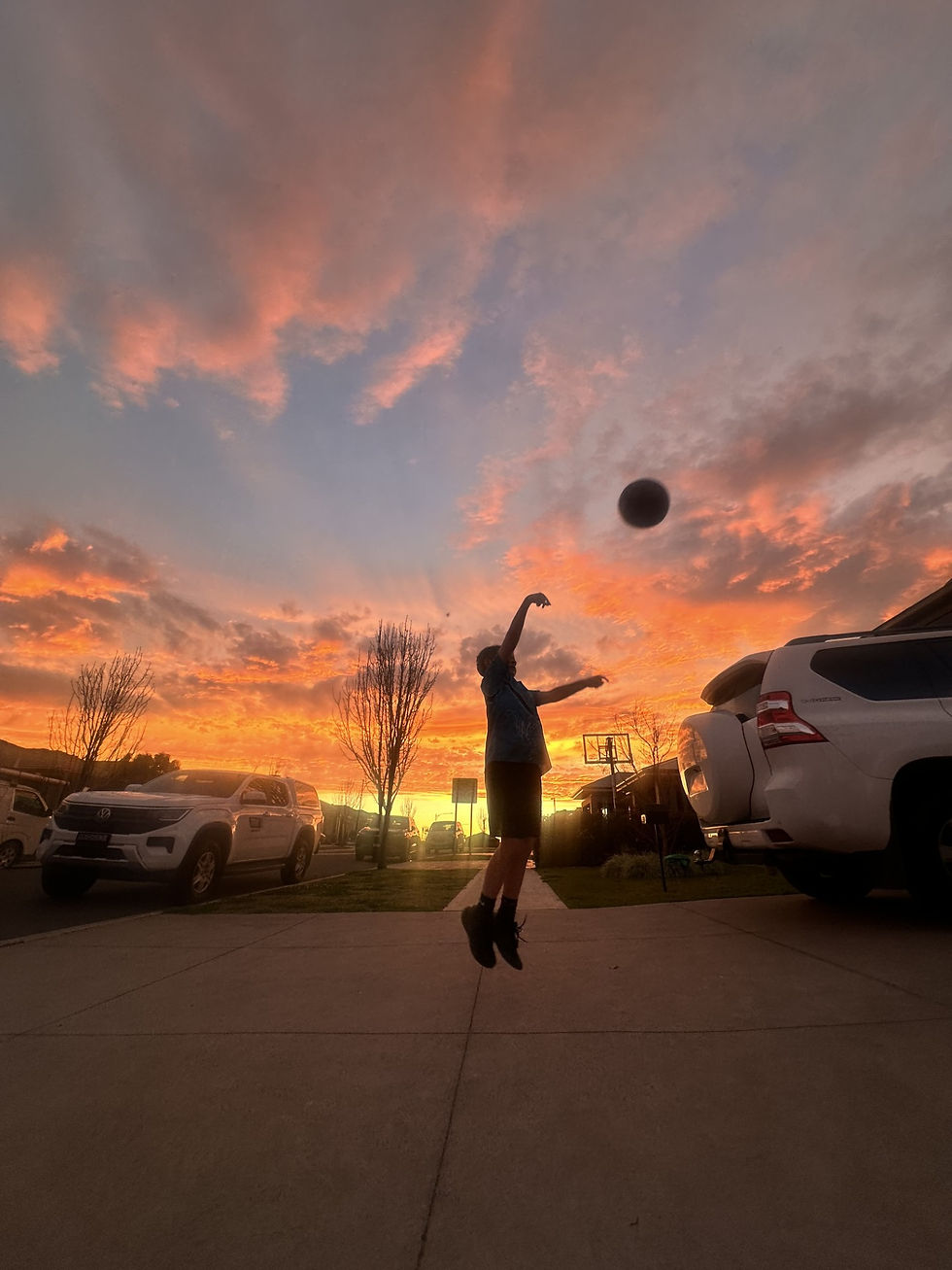
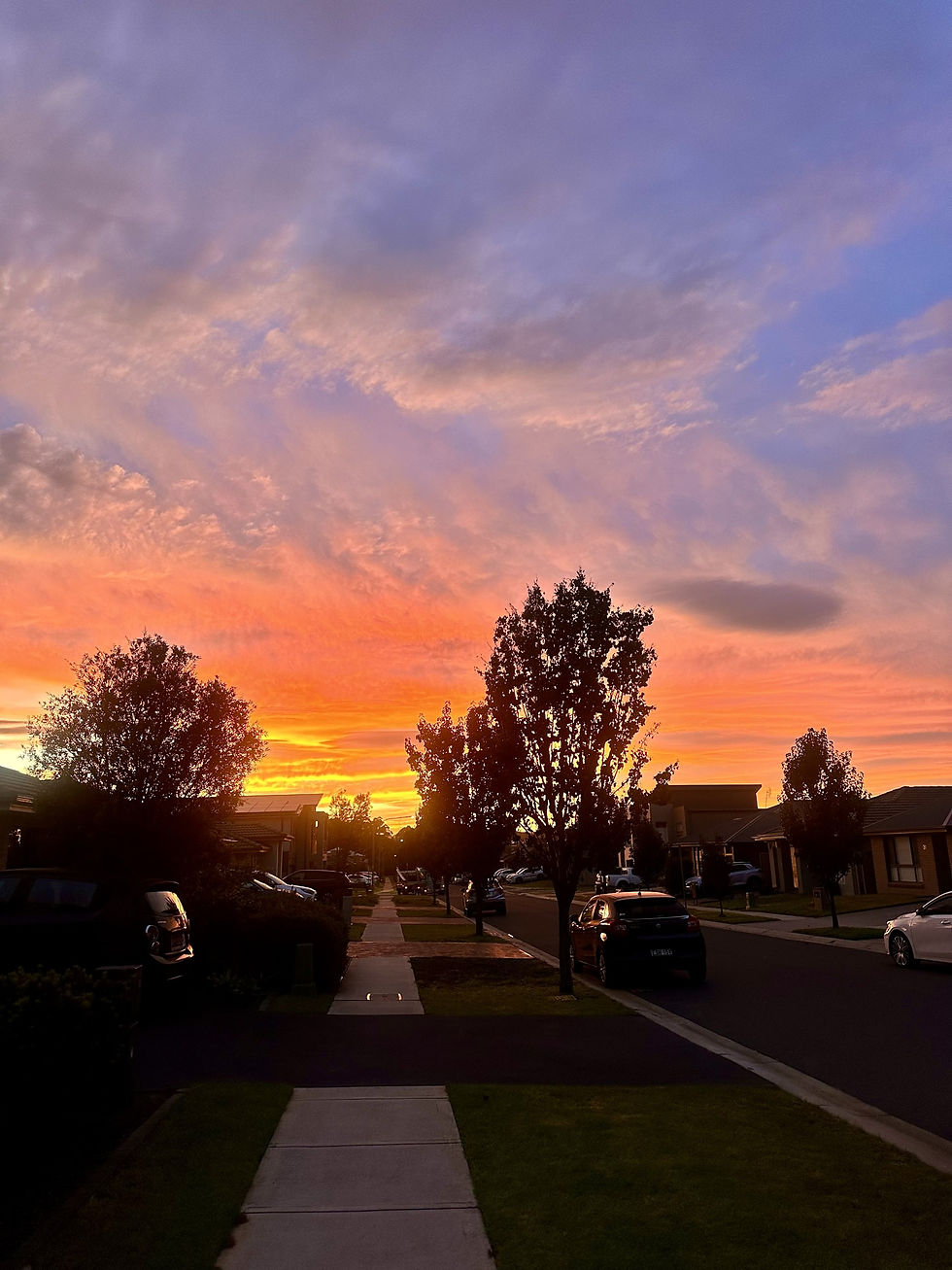
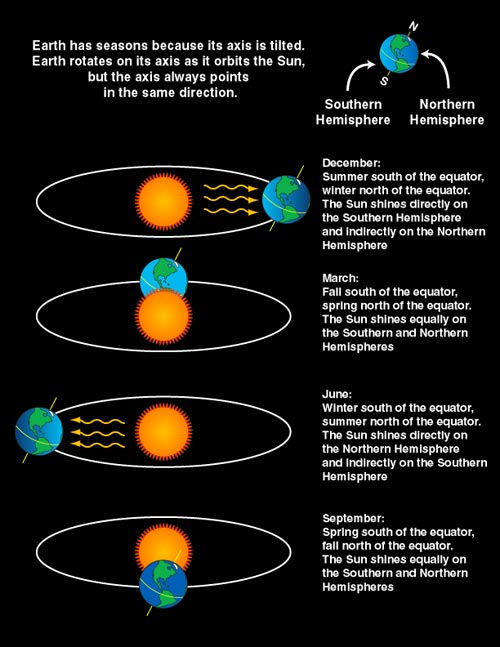
Other planets also have seasons, we don't know as much about these as we do about planet earth, but some facts are:
Mars: similar to earth due to its tilt but are longer because of its orbital period (almost double planet earth). Fun Fact: it experiences weather conditions similar to earth such as polar ice caps and wind.
Uranus: this planet has an extreme axis tilt (almost on its side, so it's basically laying down - lazy!!) which causes it to have extremely long seasons that lasts decades. This causes long periods of sunlight and darkness - sometimes 42 years long.
Saturn: This planet has a larger tilt than earth, resulting in longer and consistent reasons lasting approximately 7 earth years. HOLY - that's too long.
Jupiter: It has a small axial tilt of only about 3 degrees making the seasonal changes very minimal - boring.
What is an Eclipse?
def: When a planet gets in the way of the suns light.
Here on planet Earth, there are two types of eclipses:
Solar Eclipse: occur when the moon passes between the sun and the earth, this casts a shadow on earth. A solar eclipse last for between 10 seconds up to a maximum of 7.5 minutes. It can be complete or partial - how weird that during the middle of the day it can just go dark. It is very rare, and you may not be able to view it because of your position on the earth at the time that it occurs.
Fun Fact: the same spot on the earth surface only gets to view a solar eclipse once every 375 years!

Lunar Eclipse: occurs when the earth passes between the sun and moon, casting a shadow on the moon. This means that during the night, the moon is covered as the earth's shadow covers it up.
During a Lunar eclipse, the moon can appear red as it absorbs all of the light from the sunrises and sunsets happening across the planet at that time. Just like a solar eclipse, it can be complete or partial and only viewed in some places depending on where you are on the planet at the time it happens.
SAVE THE DATE: September 7-8 2025 there will be a lunar eclipse visible in some parts of the world, but mostly in North America.
Remember the difference: the name tells you what gets darker during the event. A solar eclipse means the sun gets darker and a lunar eclipse means the moon gets darker.

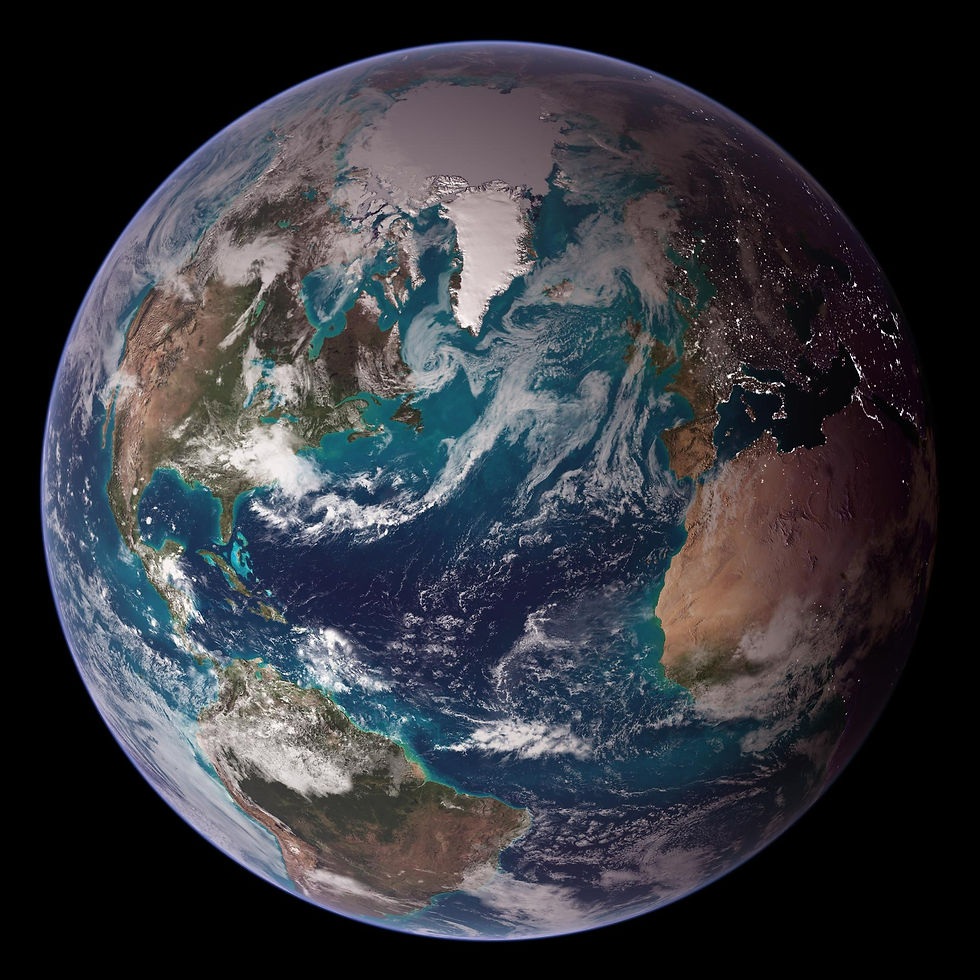
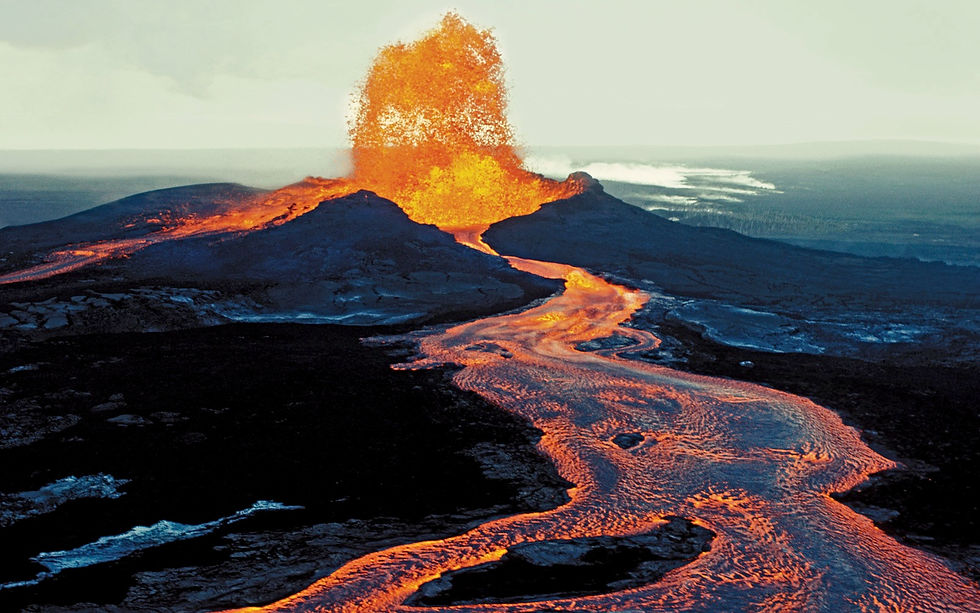
Comments